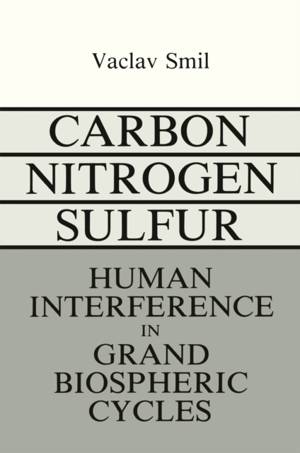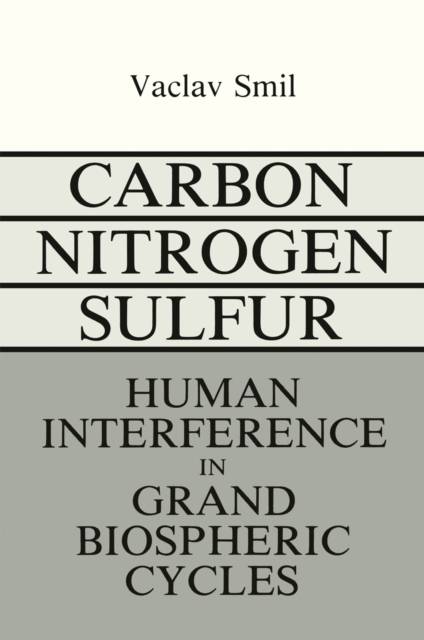
En raison d'une grêve chez bpost, votre commande pourrait être retardée. Vous avez besoin d’un livre rapidement ? Nos magasins vous accueillent à bras ouverts !
- Retrait gratuit dans votre magasin Club
- 7.000.000 titres dans notre catalogue
- Payer en toute sécurité
- Toujours un magasin près de chez vous
En raison de la grêve chez bpost, votre commande pourrait être retardée. Vous avez besoin d’un livre rapidement ? Nos magasins vous accueillent à bras ouverts !
- Retrait gratuit dans votre magasin Club
- 7.000.0000 titres dans notre catalogue
- Payer en toute sécurité
- Toujours un magasin près de chez vous
Carbon-Nitrogen-Sulfur
Human Interference in Grand Biospheric Cycles
153,95 €
+ 307 points
Description
ica, I considered myself an old hand: when I started to study the environment of the North Bohemian region in 1963, the ecosystemic changes and health effects result- ing from extremely high concentrations and deposition of sulfurous and nitrogenous air pollutants and particulate matter could not be ignored. When I returned to the area in 1966 to work there for nearly three years as a consultant in energy and environmental affairs, I came to realize the difficulties of efficiently controlling the problem. Hiking on the crest of the Ore Mountains overlooking the valley, I saw much destruction and degradation of coniferous plantings-but I was also repeatedly surprised by the contrast of the withering tops and stunted dried-out growth of spruces and firs with the magnificent beech trees and the healthy understory of shrubs and wild flowers. I recall this impressive lesson of ecosystemic vulnerability and resistance every time I read sweeping generalizations about the environmental effects of acid deposition. At the same time, in the second half of the 1960s, I was introduced by a friend, an engineer working in analytical chemistry and biochemistry, to some of the mysteries of enzymes; this led me to nitrogenase, one of the most incredible sub- stances on this planet, and to an interest in various aspects of the nitrogen cycle, which was further strengthened by my later work on the energy cost of crop production, involving inevitable comparisons between natural nitrogen fixation and Haber-Bosch ammonia synthesis.
Spécifications
Parties prenantes
- Editeur:
Contenu
- Nombre de pages :
- 460
- Langue:
- Anglais
- Collection :
Caractéristiques
- EAN:
- 9781468488418
- Date de parution :
- 22-12-12
- Format:
- Livre broché
- Format numérique:
- Trade paperback (VS)
- Dimensions :
- 152 mm x 229 mm
- Poids :
- 639 g

Les avis
Nous publions uniquement les avis qui respectent les conditions requises. Consultez nos conditions pour les avis.





